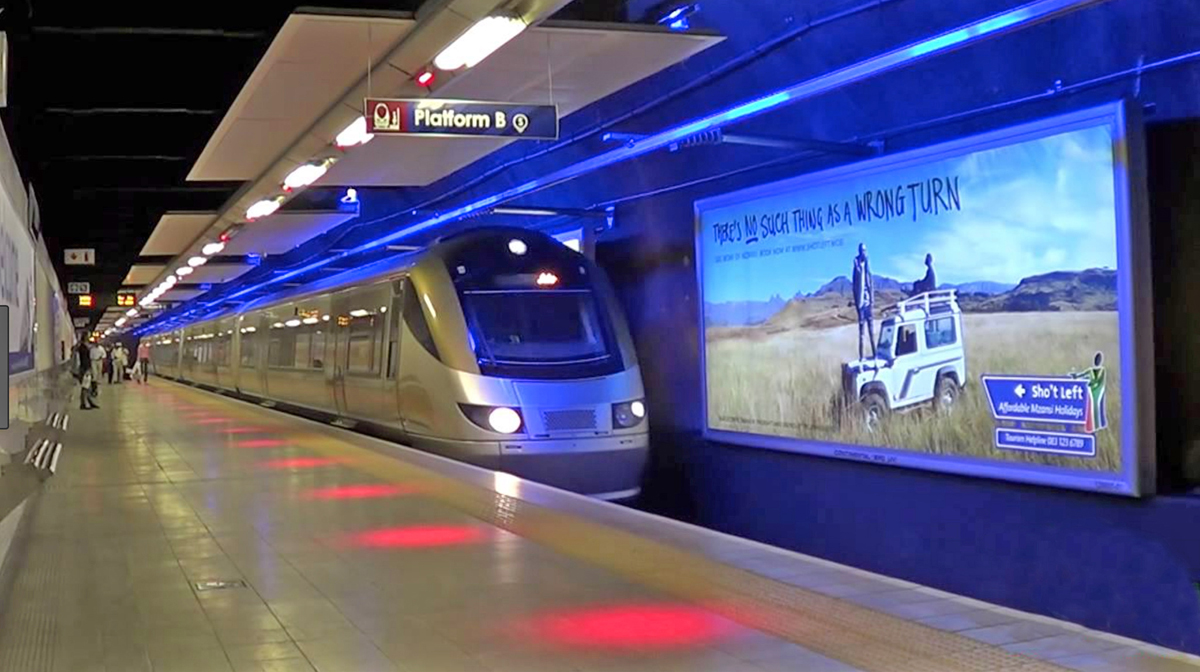Originally used to light instrument panels, today we are utterly surrounded by LEDs. They’re in our cars, computer equipment, light bulbs and in the vast majority of illuminated signs you build or see every night. During the past decade, LED innovations have presented more and more solutions to the problems signmakers face. What if the cabinet or channel letter is thin? What about a customer who wants to retrofit an existing fluorescent sign? Maybe you just need some type of spotlight. Fortunately, LED manufacturers are constantly at work addressing these and other issues.
Let’s say you have a customer who wants to have a very thin (2-6 in.) lighted sign, be it a cabinet or channel letters. The modules you use for large cabinets and channel letters just won’t do. One of the problems is the direction of the light beam. It can be incredibly difficult to install modules in a thin cabinet or channel letter using traditional methods. As a solution, several manufacturers offer thin, narrow modules that can be mounted to the edges of the box or letter. The lens covering the lighting element also directs and disperses the light so that the entire face can be lit with a minimum number of modules. Clear acrylic and blade signs can also be lit to achieve real pop in an otherwise plain or hard-to-notice sign.
Retrofitting existing sign cabinets can be a real pain. In some cases, a full replacement seems to be the easiest answer. After all, the cabinet was designed for a different kind of light source. Today, signmakers can draw upon a number of solutions that can make retrofitting fairly easy. LED modules mounted on aluminum rails can be ordered to length, based on tube size. The rails attach to the box either with brackets that cover the existing tube sockets, or even plug directly into the existing sockets. Typically the ballast is removed and a new power supply is installed. Add the juice and you are ready to go. Many of the modules offer a 180° beam spread, making them perfect for this application. You can also install modules on both sides of the rail for double-sided applications.
SPOT ON
So how about signs with no internal lighting at all? You see dimensional signs, older non-digital billboards and other flat signs all the time. Without some type of lighting they just disappear at night. Generally this is not a big problem. If you want them visible in the dark, you just shine a spotlight on them. Yet spotlights can have expensive bulbs that use metal halide and high-pressure sodium fixtures. Off-the-shelf LED spots will probably not provide enough illumination and may cast the wrong color temperature. (To learn more about LED color temperatures, click here.) There are, however, LED fixtures available that can be used in lieu of traditional lighting. These fixtures can offer excellent brightness, from 20K to over 50K lumens. They also do not produce the humming, buzzing and flickering normally seen when traditional spots fire up at night. If a spot or lighting is needed, then you should take a good look at these LED options.
With the advantages of lower power use and longer lives than the alternatives, customers almost always choose LEDs for their illuminated signs. Though other issues still persist, we can be confident that LED manufacturers are on the case, and the next set of innovations waits just around the corner.



 Tip Sheet1 week ago
Tip Sheet1 week ago
 Photo Gallery2 days ago
Photo Gallery2 days ago
 Ask Signs of the Times4 days ago
Ask Signs of the Times4 days ago
 Real Deal1 week ago
Real Deal1 week ago
 Benchmarks7 days ago
Benchmarks7 days ago
 Women in Signs1 week ago
Women in Signs1 week ago
 Photo Gallery1 week ago
Photo Gallery1 week ago
 Women in Signs1 week ago
Women in Signs1 week ago









